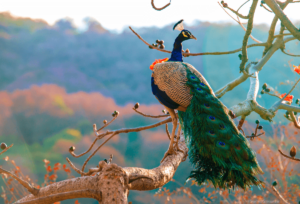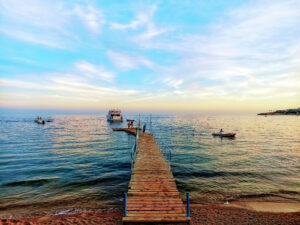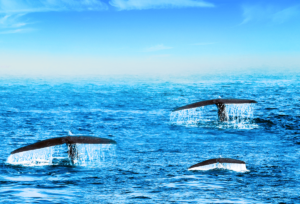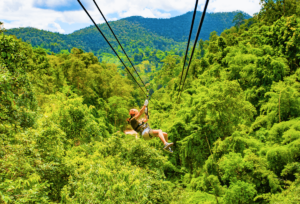For many, Cuba holidays mean the irresistible pleasures of Latino rhythms, mojitos and expensive cigars; the vintage cars and the colourful, beautifully decrepit architecture on the streets of Havana.
But of course, this vast island has a great deal more to offer, especially the truly unique natural riches found in some of the most uncharted terrain in the Americas. With an incredibly varied landscape taking in virgin rain forests, mountains, swamps and fields, Cuba is overflowing with wonderful wildlife, much of it rare and unique to the island. If you’ve yet to decide on a summer holiday destination this year, take a look at the natural delights Cuba has to offer…
Birds of Cuba
Cuba is a bona fide haven for twitchers. It’s one of the world’s top hotspots for bird-watching holidays, being home to some 350 indigenous bird species. One of the most celebrated is the bee hummingbird – the world’s smallest bird at a mere two inches long. Its tiny wings beat 80 times a second and it’s so small that it’s often mistaken for an insect.
This is just one of 20 colourful endemic species you can find, others include the striking Cuban Tody and Cuban Trogon, the Blue-headed Quail Dove and Fernandina’s Flicker. Cuba also provides a habitat for many other species exclusive to the Caribbean, such as the Cuban Parrot, Grey-headed and Key West Quail Doves, Great Lizard Cuckoo, Cuban Emerald and Western Spindalis. Some species are easier to track than others, but regular sightings of parrots, fly catchers, flamingos and hawks are reported.
Cuban Animal Anomalies
Some other intriguing species found on Cuba include Eleutherodactylus Limbatus, the world’s smallest frog at 12 mms long, the elusive shrew-like Solenodon (which until recently was presumed extinct) the Cuban Hutía and the Butterfly Bat, which is among the world’s smallest bats. Weighing less than an ounce, it’s just one of many bat species found dangling in dark, humid caves of the Baconao Biosphere Reserve.
Also endemic to Cuba is the voracious Cuban Tree Frog. North America’s largest treefrog can be found in moist dwellings around trees or houses in the Sierra del Rosario Biosphere Reserve.
Where to Go
The prime locations for wildlife spotting are the undeveloped natural areas and national parks in the east, so you’ll need a good guide to escort you through mangrove swamps and other hard to access terrain.
One of the best is Humedal Río Máximo-Cagüey. Officially designated as a Wetland of International Importance, it boasts the largest colony of Caribbean Flamingos in the western hemisphere, with over 70,000 nesting in the flats here. Go in March to see them at their most active and colourful, when their breeding season kicks off.
The Zapata Biosphere Reserve is Cuba’s biggest protected area. Covering 2,300 square miles, the swamp is home to 175 bird species, many of them aquatic, and over 30 reptiles, including the endangered but feisty Cuban Crocodile, which grows to 4.9 metres and swims only in fresh water. There are now only around 4,000 Cuban crocs remaining, their plight further threatened by inter-breeding with their more dominant cousin, the American Crocodile.
Fancy turning your Cuba holidays into a Caribbean safari and ticking some indigenous wildlife off your check-sheet? Take a look at our range of Cuban destinations on the Holiday Hypermarket main site for some inspiration…
You may also like
cuba holidayswildlife spotting





